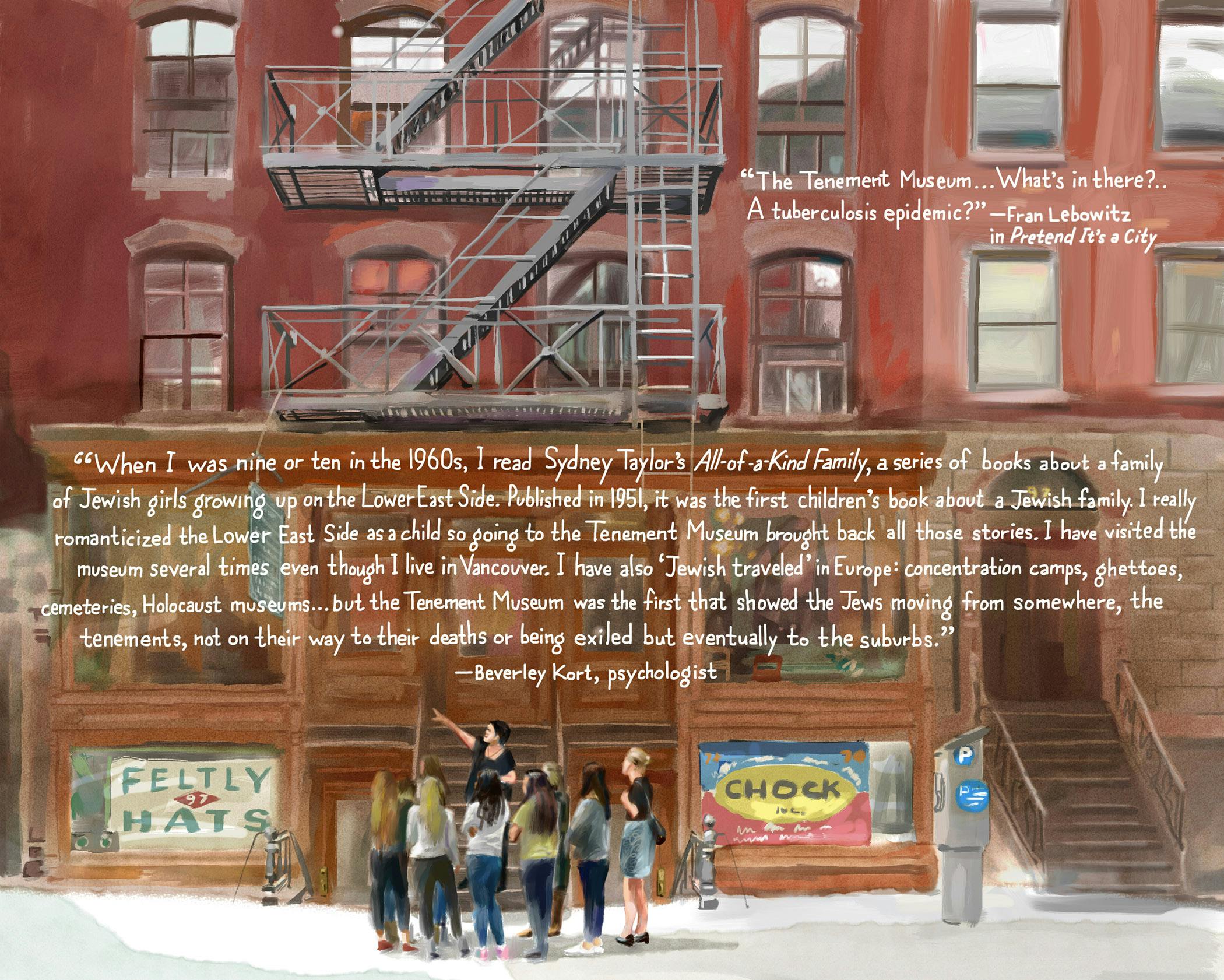Celebrating New York’s cultural treasure troves,
from the Met to MoMA to the Explorers Club
Museums are the cultural backbone of New York: There are more than 170 of them across the five boroughs, showcasing paintings, sculptures, artifacts and exhibits on the city and science and sex and hip-hop and math and ice cream and more. Millions of residents and visitors a year are ennobled or challenged after a trip to the Guggenheim or the Whitney, MoMA or the Metropolitan Museum of Art, the American Museum of Natural History, the Brooklyn Children’s Museum, the New-York Historical Society or the International Center of Photography.
Bob Eckstein loves museums with a special passion. Eckstein — known to some as a New Yorker cartoonist and to others as the world’s leading snowman expert, or the author of “The Complete Book of Cat Names” — is a student of the places where city dwellers go to find some peace and inspiration. His 2016 book “Footnotes from the World’s Greatest Bookstores” celebrated, with sketches and anecdotes, the shops where people get lost in the shelves. This week, he follows that up with “Footnotes from the Most Fascinating Museums: Stories and Memorable Moments from People Who Love Museums,” an exuberant dive into some of the institutions that best define city life, where people immerse themselves in artistic and historical treasures.
Below is an excerpt from the book featuring his portraits of 11 beloved New York City museums. All text and art is © 2024 by Bob Eckstein and reprinted by permission of PA Press, an imprint of Chronicle Books.
The American Museum of Natural History
Est. 1874
The American Museum of Natural History houses over 34 million examples of plants, animals, fossils, meteorites and human remains. Only a small fraction can be displayed at any given time. The new Gilder Center for Science, Education and Innovation opened in 2023. Like many New Yorkers (I grew up in the South Bronx — my dad drove a city bus), this was my first museum.
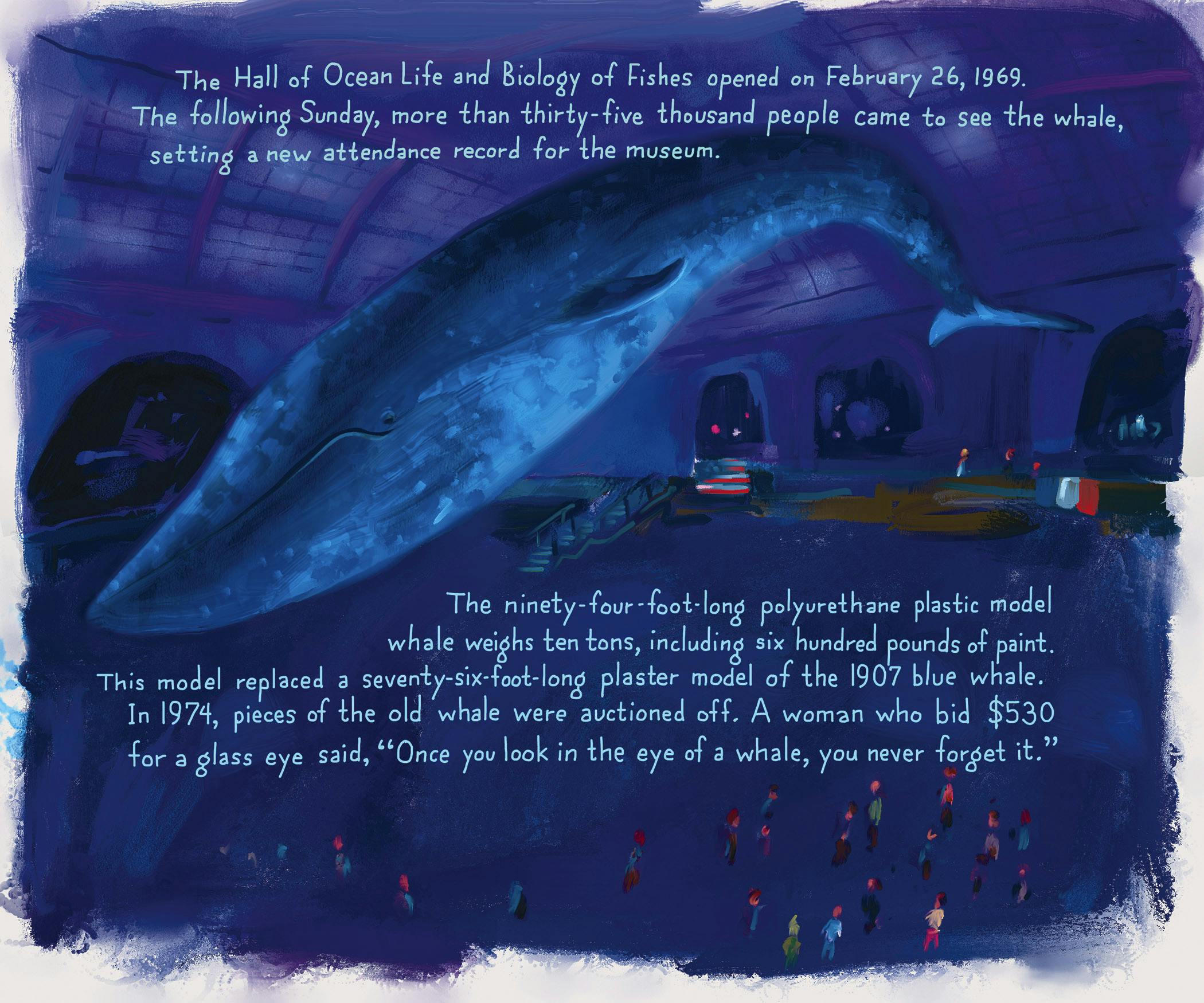
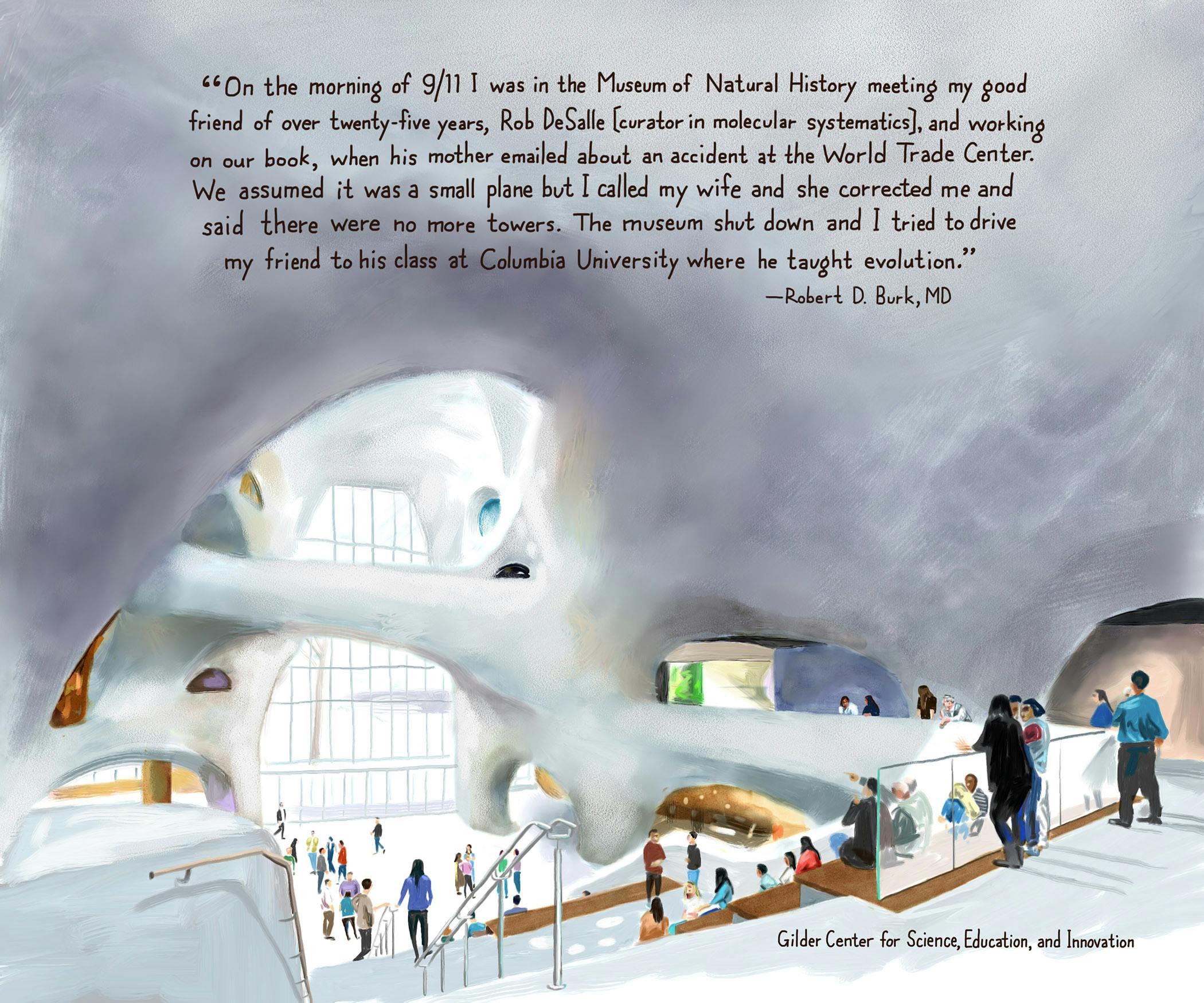
The National Lighthouse Museum
Est. 2014
Selected for the National Lighthouse Museum and Educational Resource Center over other locations in 1998, it was a former 1912 foundry building and the United States Lighthouse Service General Depot. Located in Staten Island, it’s the only borough I never lived in, but I visit the borough frequently, thanks in part to this wonderful museum.
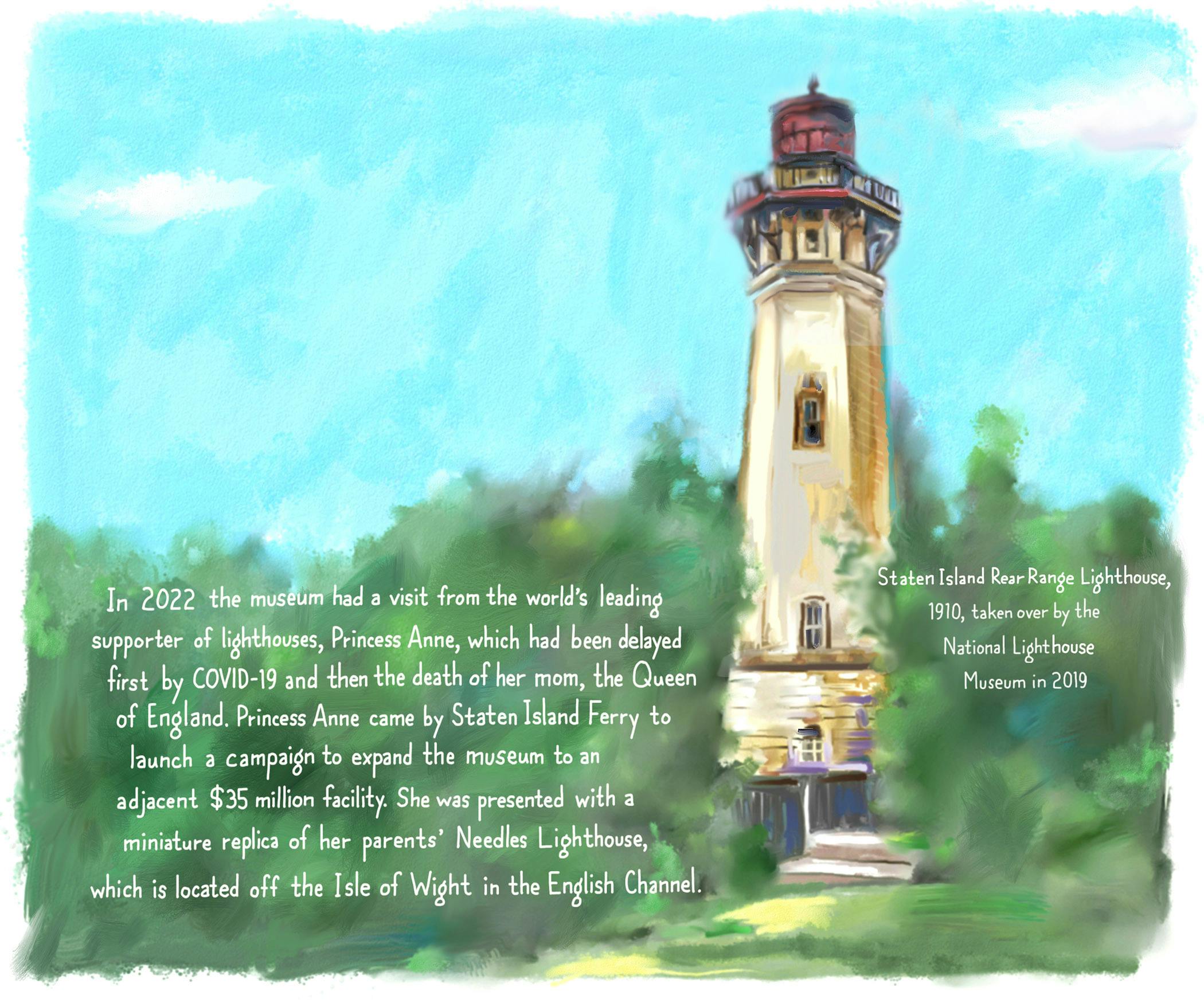
The Explorers Club
Est. 1904
The Explorers Club is a meeting place for explorers and scientists around the world with the New York City location as its headquarters and museum. There are highlights displayed throughout the club, like a man-eating tiger from Nepal that ate 49 people in 1968, delivered to the club by mail; a polar bear and the club flag that has been to both the highest and the lowest points on Earth. I have illustrated the Explorer’s Club many times and every time find something new and exciting. Club members have included President Herbert Hoover, Teddy and Kermit Roosevelt, Neil Armstrong, Buzz Aldrin and Amelia Earhart.
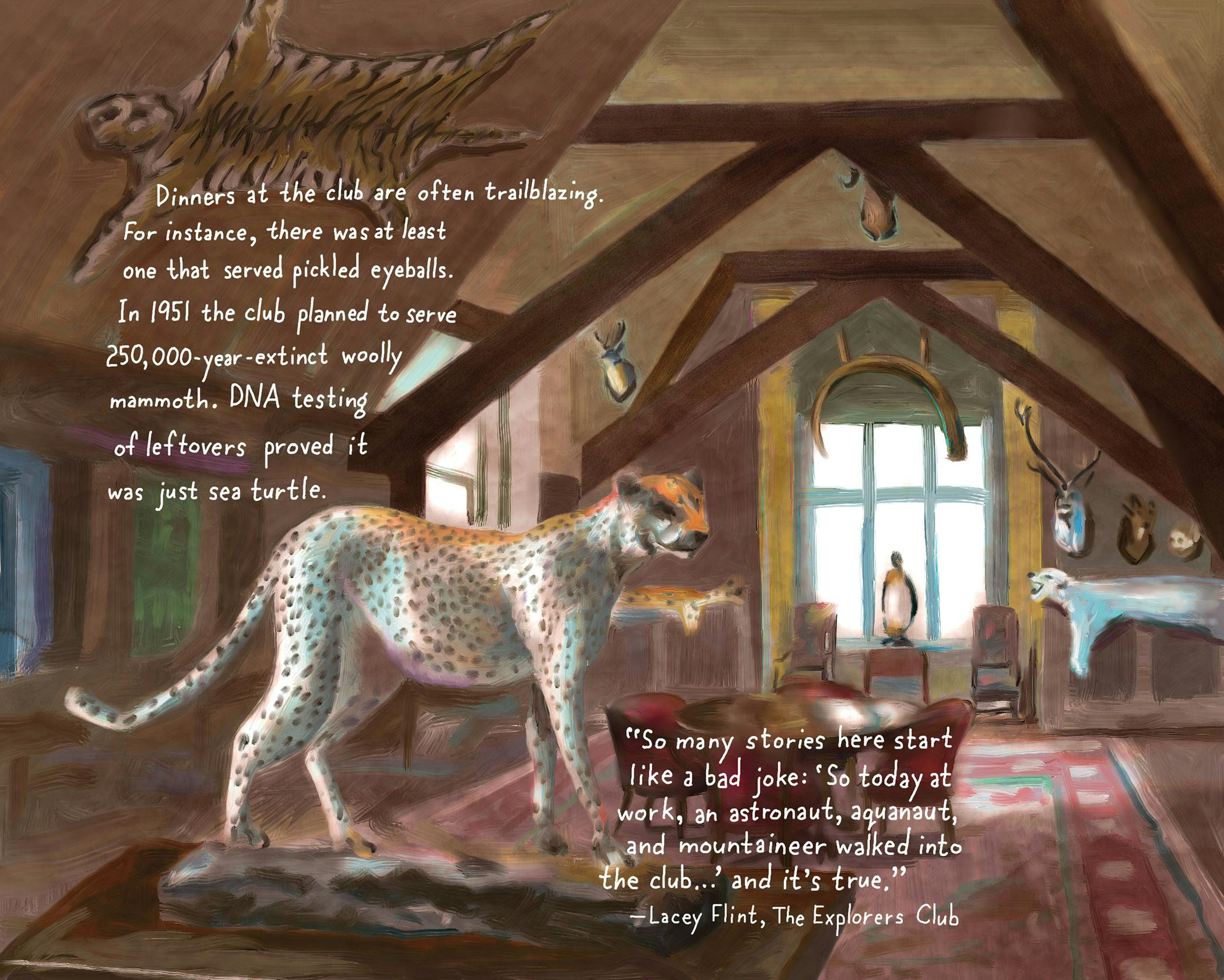
The Brooklyn Museum
Est. 1897
The Brooklyn Museum is one of the oldest and largest museums in the United States and a pioneer in art education and community participation. Its collections focus on the artistic heritage of world cultures. It has the largest collection of Claude Monet outside of France, the world’s most acclaimed collection of nineteenth-century American art, and the largest collection of Egyptian Old Kingdom objects in the world. Another highlight is the museum’s location — between the Brooklyn Botanic Garden and the Brooklyn Library, if you can squeeze everything in, in one day.
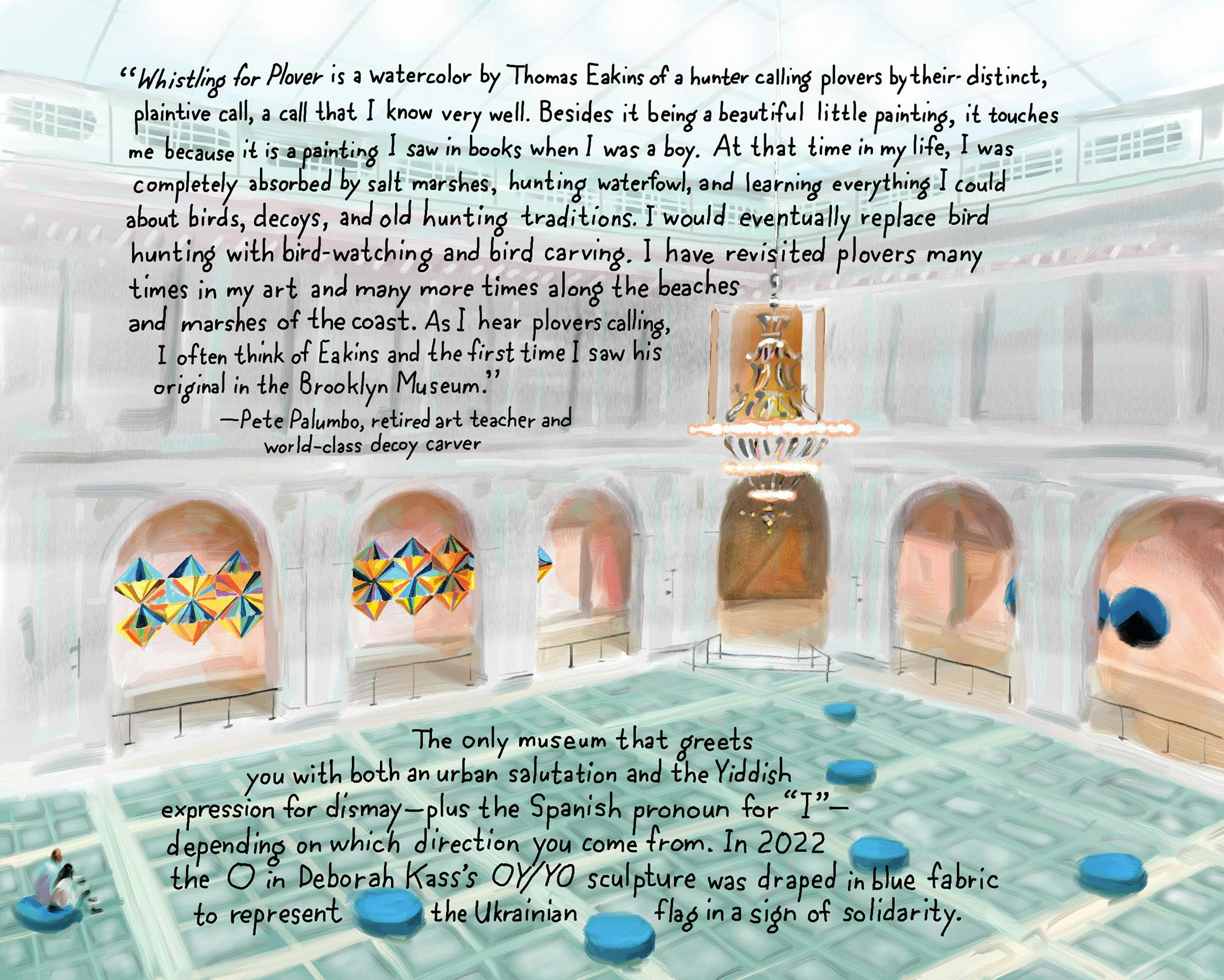
The Met Cloisters
Est. 1938
The collection of medieval artwork is showcased inside four monasteries that were shipped, stone by stone, from France and reconstructed into an integrated whole over five years by American sculptor and art dealer George Grey Barnard, who bought the four abbeys in 1913. Financier and philanthropist John D. Rockefeller Jr. bought the 66.5-acre site in 1930. Rockefeller bought several hundred acres of the New Jersey Palisades, which he donated to the state to preserve the view from the museum. This is one of my favorite museums and partly why I live next door. I used the museum’s three beautiful medieval outdoor gardens with their sweeping views of the Hudson River as a place to work when I eventually became a New Yorker cartoonist.
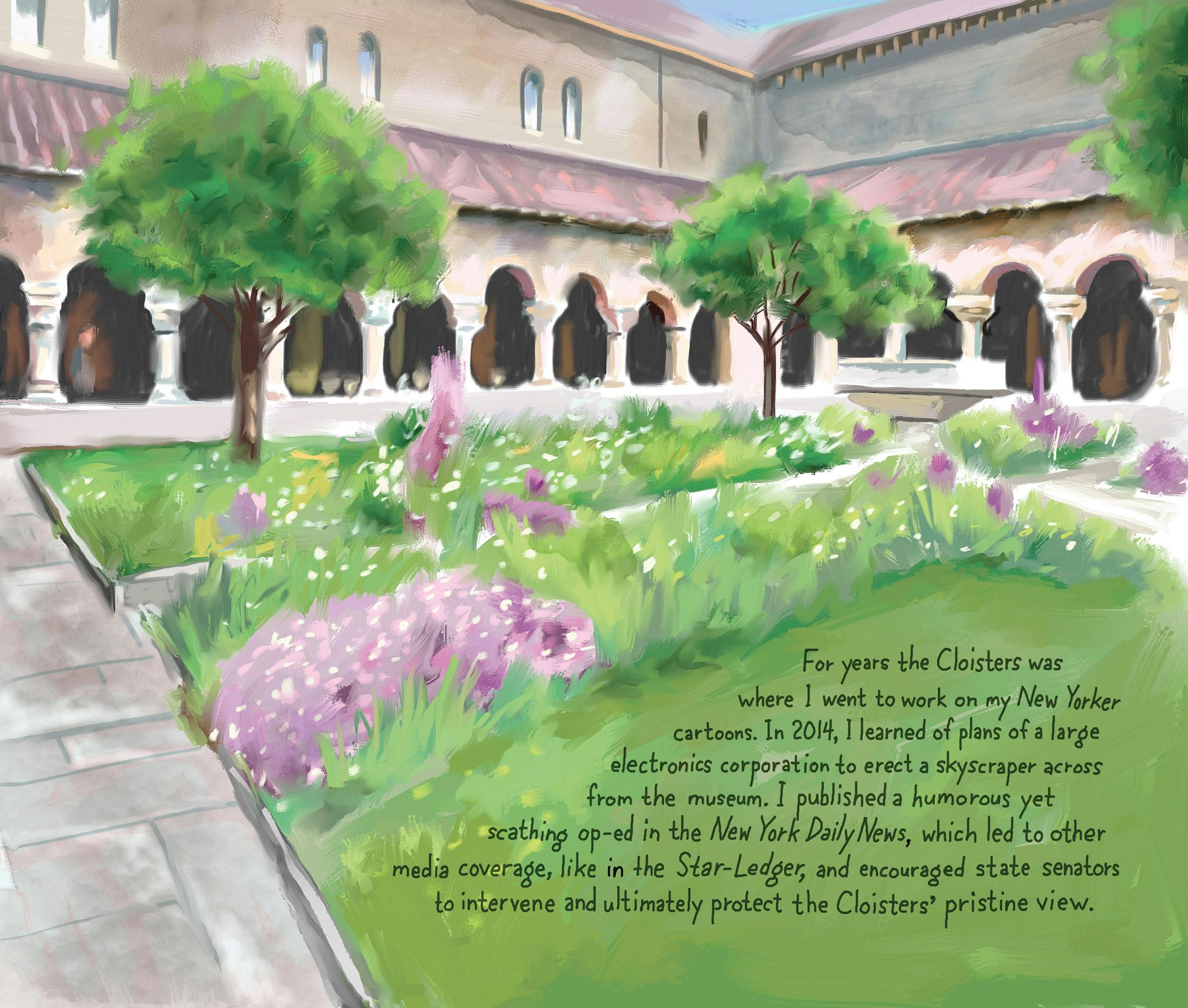
The Metropolitan Museum of Art
Est. 1870
The Met has over two million works and is the largest art museum in the Western Hemisphere. In 1986, the Met was designated a National Historic Landmark for its monumental architecture and cultural importance. This museum has had such an impact on my artistic career, that it was the obvious choice for the cover of my book.


The Frick Collection
Est. 1935
The Frick originally started in the home of Henry Clay Frick as a high-quality collection of old masters and fine furniture and became one of the preeminent small art museums in the United States. The Frick Art Reference Library (est. 1920) and mansion (built 1914) were distinguished as a National Historic Landmark in 2008. The Grand Staircase has been blocked off from the public by a silken cord since the museum opened in 1935. The mystique of the unviewable upstairs floor will finally end with the completion (planned for later this year) of the museum turning the private living quarters on this floor into galleries.
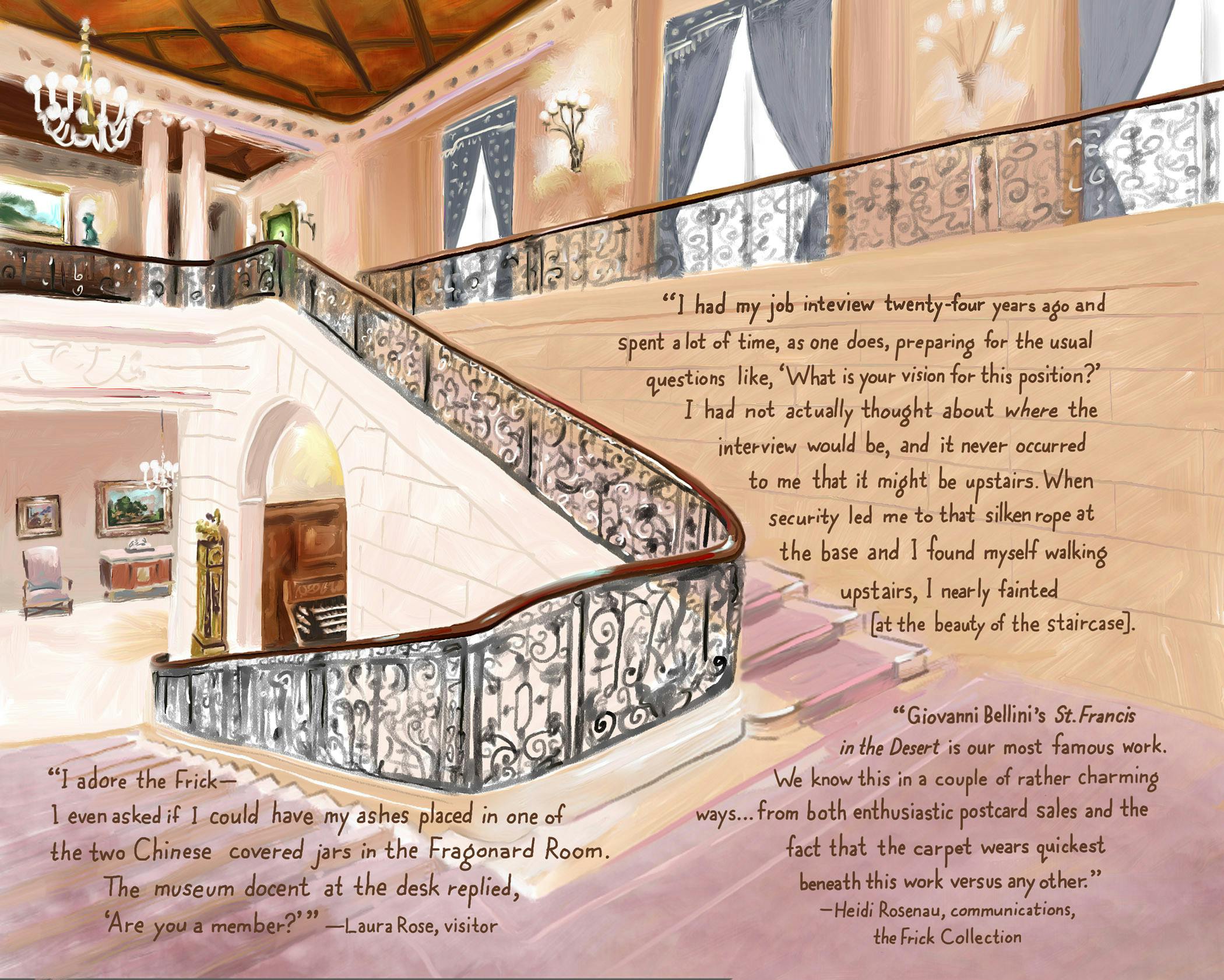
The Museum of Modern Art
Est. 1929
The Museum of Modern Art (MoMA), considered one of the largest and most influential museums of modern art in the world, was developed in 1929 by Abby Rockefeller and her two friends, Lillie P. Bliss and Mary Quinn Sullivan, collectively known as “the Ladies.” The museum opened to the public nine days after the Wall Street crash. Abby’s husband, John D. Rockefeller Jr., hated modern art and was adamantly opposed to the museum. But her husband eventually donated funds, and the land for the current building, becoming its biggest benefactor. I approached my friend, Roz Chast, to contribute to my book by writing an Introduction. Her effort turned out to be better suited as one of the book’s stories.
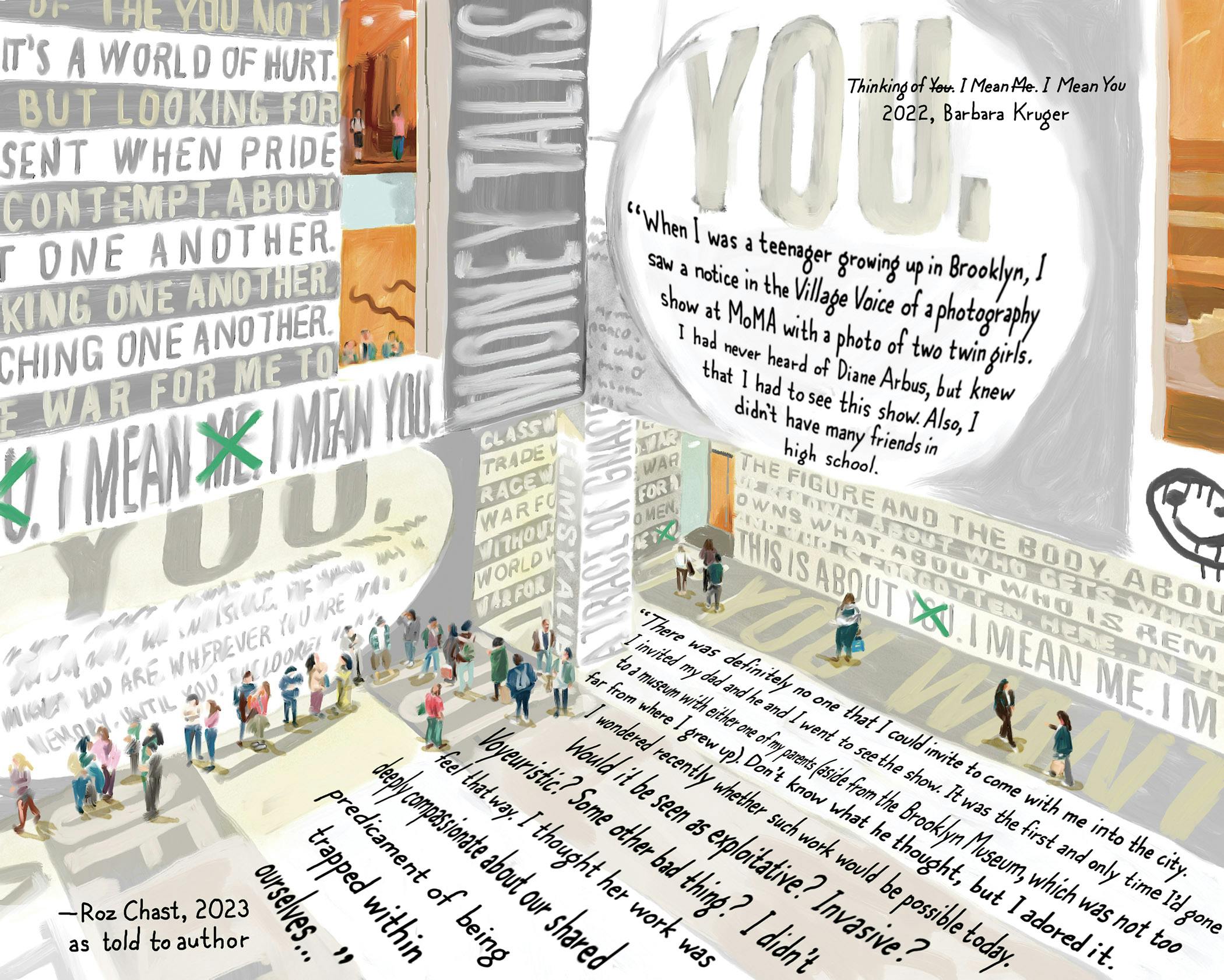
The Solomon R. Guggenheim Museum
Est. 1939
Commonly known as the Guggenheim Museum, or just “the Guggenheim,” it is considered to have a premier collection of Impressionist, Postimpressionist, early modern and contemporary art, showcased in Frank Lloyd Wright’s most famous work, a building which initially drew great criticism. For the book, this was another example of getting a story from a colleague — I’ve worked with hundreds of writers through the years working at The Village Voice, New York Times Daily News and many publications, some no longer with us today.
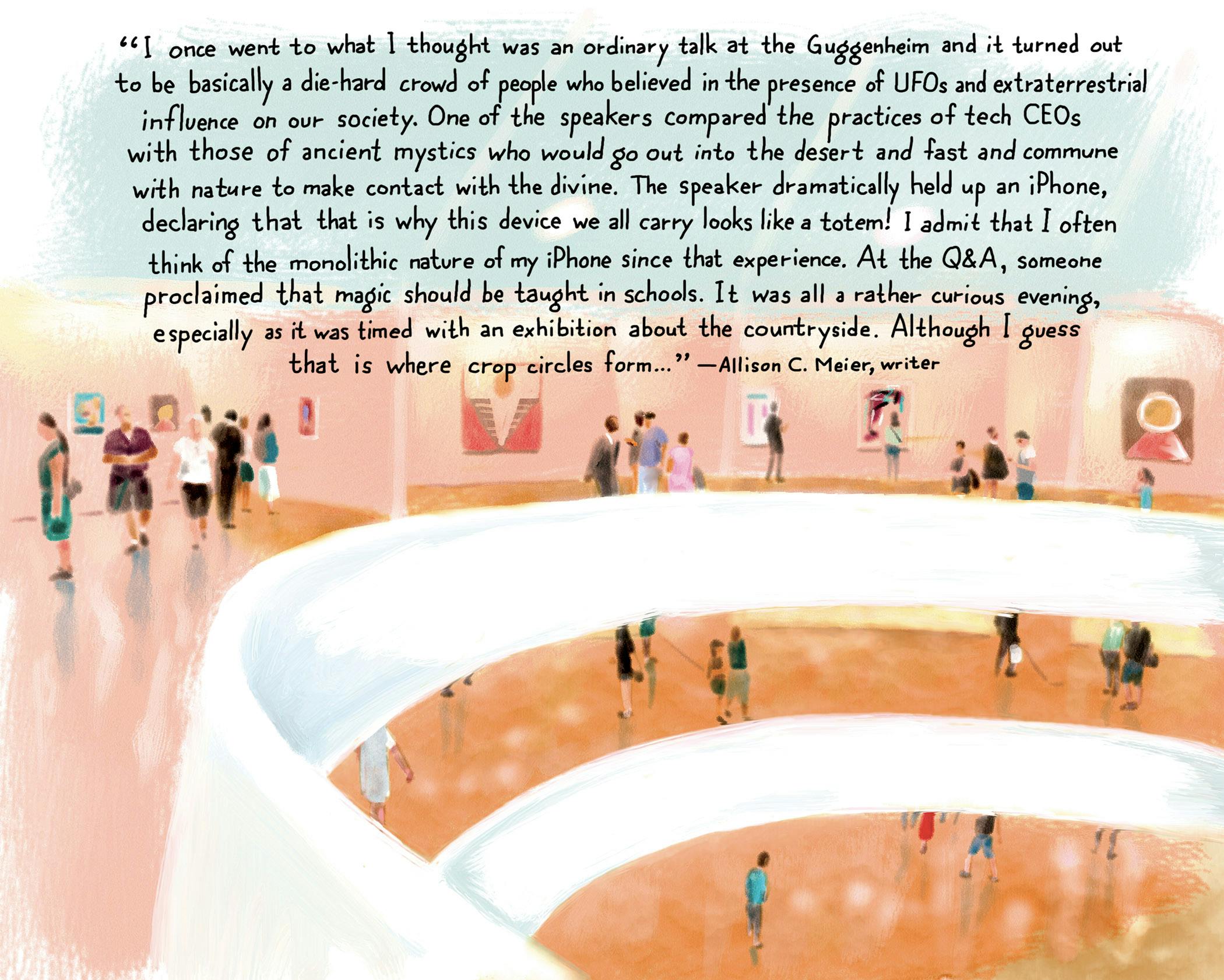
The Whitney Museum of American Art
Est. 1930
The museum is most famous for its Whitney Biennial exhibition, which showcases up-and-coming artists. Michelle Obama attended the ceremonial ribbon-cutting of the new Renzo Piano-designed building in 2015 with Mayor Bill de Blasio. One piece of artwork easily missed is outside — a manhole cover with the words “IN DIRECT LINE WITH ANOTHER & THE NEXT” (NYC Manhole Covers, 2011, Lawrence Weiner).

The Tenement Museum
Est. 1988
The museum is made up of two historical tenement buildings that housed, combined, an estimated 15,000 people, from over 20 countries, between 1863 and 2011. Also called the Lower East Side Tenement Museum, it was designated a National Historic Site in 1994. In 2015, this would include a second location at 103 Orchard Street, which was home to over 10,000 immigrants up until 2011.
